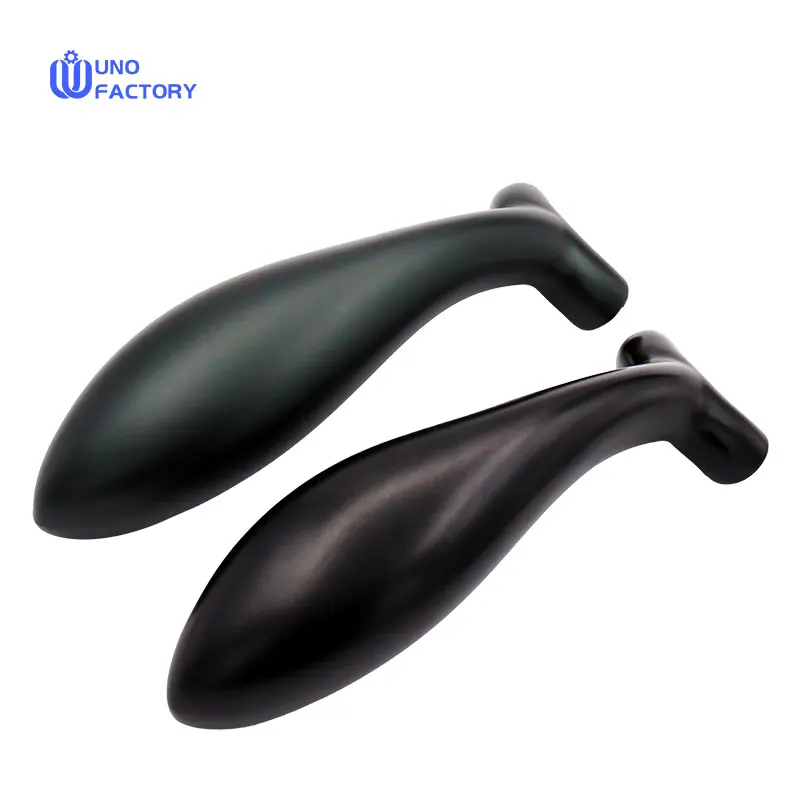Time to read: 6 min

The High Pressure Die Casting (HPDC) process is renowned for its versatility in manufacturing a spectrum of products, from intricate engine parts in the automotive industry to lightweight surgical tools in healthcare. This article delves into the intricacies of the HPDC process, outlining its evolution, operational steps, and the benefits that make it a preferred choice for high-volume production across various industries.
Understanding High Pressure Die Casting
High Pressure Die Casting is an advanced manufacturing technique where molten metal is injected under high pressure into a mold cavity, forming the desired component. The process involves a powerful press that secures the metal within the die until it solidifies. Once solid, the casting is removed, and the die is reset for the next cycle. The tooling for HPDC consists of two steel blocks that form the mold cavity.
Evolution of High Pressure Die Casting
The die casting process dates back to the mid-1800s, initially used in the printing industry to create lead-tin alloy keys for machinery. Over time, the process expanded into other industries, and by the mid-1930s, it incorporated various mold shapes and materials, including zinc and aluminum alloys, which are widely used today.
How High Pressure Die Casting Operates
The HPDC process is typically composed of four stages: mold preparation, injection, ejection, and post-casting treatment. Variations like vacuum die casting, slow-fill die casting, and semisolid metal processing (SSM) may be employed to suit different product specifications. The general steps are as follows:
- Mold Preparation: Clean and lubricate the mold to regulate temperature and facilitate easy removal of the cast product.
- Injection: Pour molten metal into a shot chamber and inject it into the mold using either hot chamber or cold chamber injection methods, depending on the metal's melting point.
- Part Removal: Once solidified, the casting is removed from the mold using ejector pins.
- Trimming: The final step involves trimming excess material and ensuring the product is ready for use or further processing.
Advantages of High Pressure Die Casting
HPDC is favored for its high production rates, excellent dimensional accuracy, superior surface finish, ability to produce thin-walled parts, complex designs, and the durability of the dies used.
Applications of High-Pressure Die Casting
The HPDC process is critical in various industries, including:
- Automotive Industry: Manufacturing structural components like engine blocks and suspension parts.
- Medical Industry: Producing lightweight surgical tools and medical devices.
- Aerospace Industry: Creating intricate engine parts and components for aerospace applications.
Unofactory – Your Partner for Custom High-Pressure Die Casting Services
At Unofactory, we offer custom HPDC services backed by a team of experienced engineers. Our state-of-the-art facilities ensure high-quality production with fast lead times. We provide online quotations and free DFM analysis to support your manufacturing needs.
Conclusion:
The High Pressure Die Casting process is a powerful manufacturing solution for complex and high-volume production requirements. Its advantages in production efficiency, quality, and design flexibility make it an ideal choice for industries seeking precision and innovation.




